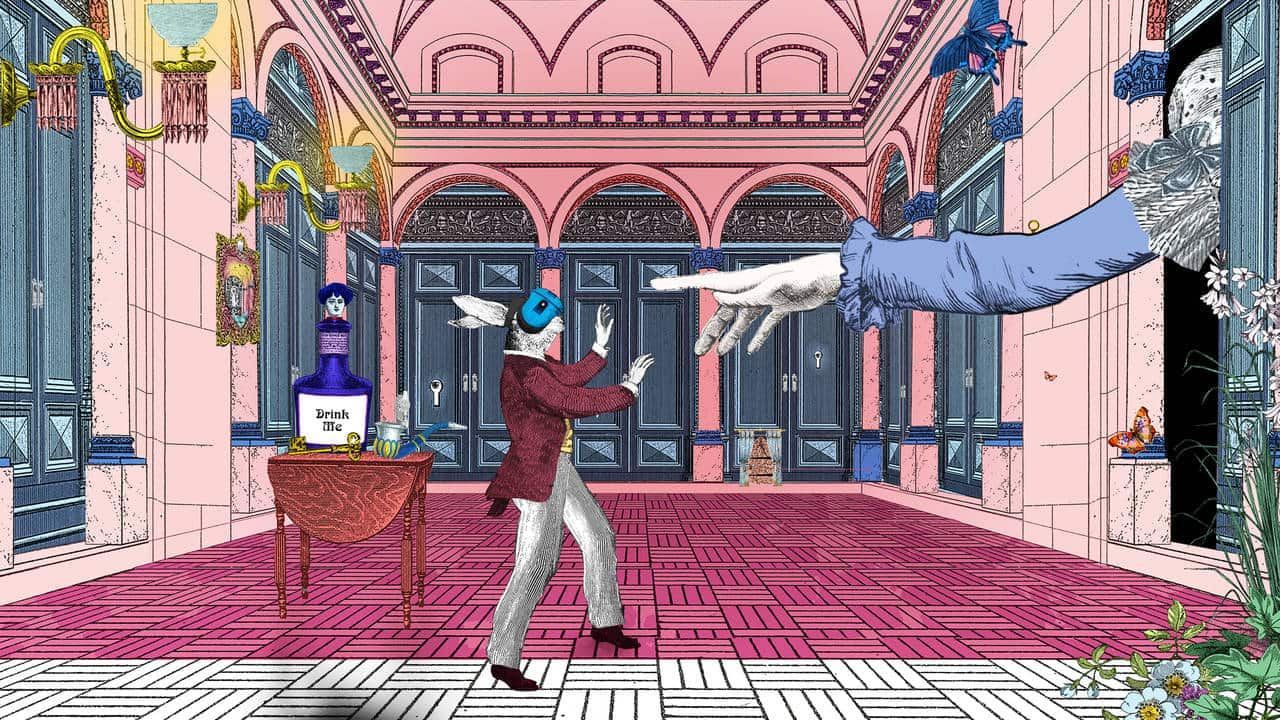Museums worldwide increasingly turn to virtual reality (VR) technology to engage visitors and enhance their experiences. This innovation offers the opportunity to bring history, science, art, and culture to life in previously unimaginable ways. In this article, we will explore the benefits of virtual reality in museums, discuss some of the challenges associated with the technology, and look at some compelling use cases that are transforming the industry.
Benefits of Virtual Reality in Museums
Virtual reality technology has the potential to revolutionize the museum experience by creating immersive and interactive exhibitions that can transport visitors to different times and places. It allows museums to extend their reach and engage with new audiences. With the continuous development of VR technology, museums can continue pushing traditional exhibitions’ boundaries and offer visitors truly unique and memorable experiences.
Virtual Reality Enhances Accessibility
VR empowers people to experience the wonders of art, history, and culture from anywhere in the world. Museums can use VR to create virtual exhibits and provide museum tours that are accessible to everyone, regardless of their physical limitations. Art, history, and culture belong to everyone, no matter where they are or how they access the world. Historically, museums and galleries depended on foot traffic to fill their halls. Now, VR takes exhibits out to eager viewers, offering museums and galleries the ability to attract new eyes and capture new hearts.
The Mona Lisa is one of the most iconic paintings in the world, with more than 8 million people flocking to witness its beauty every year. In 2019, the Louvre partnered with HTC VIVE Arts to launch a VR experience called Mona Lisa: Beyond the Glass. This VR experience, available at no cost on VIVEPORT, offers an immersive view of the background and process that Leonardo da Vinci brought to his work. VR allows this interactive experience to reach people anywhere in the world, regardless of their location or differing abilities.
Virtual Reality Enhances Understanding
Virtual reality can create immersive learning environments. With VR, museums can recreate historical events and places where visitors can interact with the past in a previously impossible way. The immersive power of VR makes learning more fun and memorable. For example, visitors can experience living in a medieval castle or witness the signing of the Declaration of Independence. VR can offer a profound understanding of complex concepts through interactive and 3D reconstructions.
Virtual Reality Empowers Storytelling
Virtual reality offers the opportunity to revolutionize storytelling. Visitors can actively participate in narratives, interacting with characters and making choices that shape their experience. This interactive element adds a new dimension to storytelling, making it more engaging, personal, and educational.
Dr. Tanya Clark of Morehouse College utilized VR to build an immersive experience where students could stand aboard the slave ship La Amistad. Students experienced and engaged with this awful moment in history to better understand how slavery continues to impact their lives and our world.
Virtual Reality Preserves Artifacts
Virtual reality offers museums a powerful tool to preserve and showcase delicate works of art or inaccessible artifacts. VR can recreate lost or damaged artworks and artifacts, enabling visitors to examine them closely and in detail. By digitally preserving these treasures, museums can protect their cultural heritage while providing the public unprecedented access to historically significant objects.
The Challenges of Virtual Reality in Museums
Virtual reality technology has become increasingly popular in recent years, and many curators and artists have begun incorporating it into their exhibits. While virtual reality has significant benefits, there are several challenges to navigate in implementing the technology.
Cost
There is an inherent cost associated with VR development and hardware acquisition. Developing a high-quality virtual reality experience can be a time-consuming and expensive process. Museums, particularly non-profit institutions, may need help to justify expenses and seek alternative funding sources. This could include seeking grants or partnering with corporate sponsors to cover the costs.
User Experience
First-time users sometimes experience a learning curve. Some users may need to become more familiar with VR headsets. Ensuring the smooth operation of VR headsets can be time-consuming. Museums often provide support and instructions to help visitors feel capable, and even then there may be technical issues and user errors when implementing new technology. Museums can use ArborXR’s Kiosk Mode or ArborXR Home to help organizations overcome these challenges.
Kiosk Mode locks headsets into a single application that is ready to go at all times. This means that museum visitors don’t have to know how to turn on a headset or launch an application. ArborXR Home allows administrators to curate what apps their users have access to enjoy, while locking down the browser and app store. Both features help keep visitors focused on the experience you want them to enjoy and learn from.
By simply putting the headset on, users can be immersed in the beauty of wonder of a masterpiece or taken into a life-like experience from history long ago.
Curatorial Challenges
Integrating VR in museums raises questions about curatorial choices and the balance between virtual and physical experiences. Museum curators must carefully select which artifacts or exhibitions are best suited for VR and ensure that the technology enhances, rather than distracts from, the institution’s overall narrative and educational goals. The approach we at ArborXR take is to view virtual reality as a powerful supplement rather than a replacement.
Use Cases of Virtual Reality in Museums
VR can make art, history, and culture more interactive, engaging, and educational. Here are a few examples of the impact virtual reality has already had on the museum and gallery experience.
Interactive Exhibits with VR
The Victoria and Albert Museum in London used VR to take viewers down the rabbit hole with their Curious Alice experience. In what would otherwise be a static exhibit, the V&A, in partnership with HTC Vive Arts, takes users into the mind-blowing world of the Alice books.

The immersive nature and brilliant artistry of this VR exhibition re-introduces the world to one of the best-known works of Victorian literature. Check out Curious Alice’s interactive storyline and fun challenges on VIVEPORT.
Global Galleries with VR
Vortic, a leading virtual reality and digital exhibition platform for galleries, institutions, and collectors, shows what VR can do in art. Together, Doug Aitken and Vortic presented Open. This innovative exhibition featured multiple immersive visions from Aitken’s mind and was available in four global galleries.

Viewers in New York, Zurich, Los Angeles, and London could experience the exhibit simultaneously, exemplifying the global reach that VR offers artists.
Education Through Art with VR
With VR technology, Marina Abramaović created a piece addressing climate change. Viewers were brought face-to-face with a detailed avatar of the artist as she led them through a dramatic scene of melting polar ice caps and beckoned them to make harrowing decisions before time ran out. This piece, simultaneously inspiring and terrifying, brings viewers to the frontlines of climate change.
Historical Experiences with VR
The tragedy of the Titanic’s voyage has been retold in news stories, books, and movies since that fateful night in 1912. EngageVR created a new way for people to understand and experience the Titanic’s story.

With TitanicVR, the studio allows users to witness the sinking of the Titanic from the eyes of a survivor. Accompanying the immersive experience is in-depth research and background highlighting the construction of the Titanic, a timeline of its demise, and a virtual tour of her sunken remains.
Scaling Virtual Reality in Museums
Museums and galleries aim to display art, retell history, and share culture. These endeavors are realized when the doors open and people enter an exhibit. Virtual reality provides a way to scale exhibits beyond a single geographical location. But scaling anything, especially a new technology, can be messy and complicated.
This is where ArborXR comes into the picture.
ArborXR is an XR management platform built from the ground up to empower organizations to scale their XR programs. From setting up devices to deploying content to controlling the in-headset experience, ArborXR makes scaling virtual reality exhibits a reality. With our user-friendly dashboard and customer-focused support team, we prepare museums and galleries to share their exhibits with the world.
With features like the ArborXR Home launcher and Kiosk Mode, you will be able to confidently share your VR experience with the world.
Contact us or get started today to learn more about these features, and everything else that you need to launch VR at your museum or gallery space.

